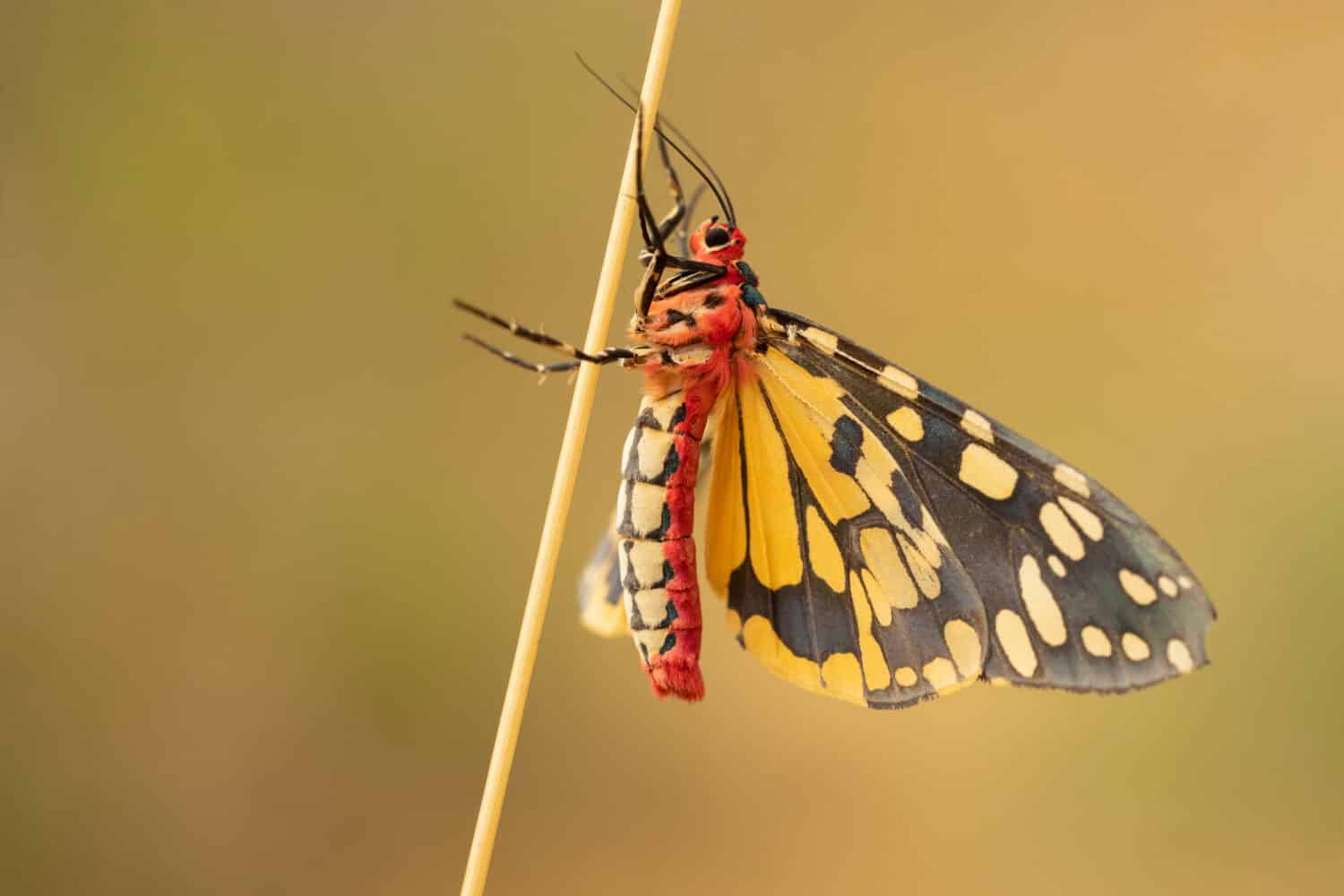Taxonomic orders can feel a little confusing at times. Which comes first, what is the order, and what does that mean for each animal? And what role does subfamily play in the grand scheme of things? This article will hopefully help clear up any pressing questions you have.
Subfamily Definition
It will be helpful to start with the official definition of subfamily, as found in the Merriam-Webster dictionary:
1: a category in biological classification ranking below a family and above a genus
2: a subgroup of languages within a language family
Subfamily Pronunciation
Many taxonomic ranks and animal names are difficult to pronounce. Thankfully, subfamily is not one of them. It is straightforward:
sub-fam-i-ly

The taxonomic system helps classify plants and animals in a cohesive way.
©Dmitry Demidovich/Shutterstock.com
Taxonomic Rank
All life on earth has a category and name defined within a taxonomic system. The system is also the basis for all scientific studies. This international standard dates back to the mid-18th century and was first introduced by Carl Linnaeus.
The major groups in the taxonomic system are listed below, with their internationally recognized Latin name first.
| Latin | English |
|---|---|
| regio | domain |
| regnum | kingdom |
| phylum | phylum (in zoology) / division (in botany) |
| classis | class |
| ordo | order |
| familia | family |
| genus | genus |
| species | species |
These major categories break down further into additional scientific categories. However, the sub-rankings vary depending on whether the item in question is an animal or plant. Subfamily appears in both animal classification and plant classification.
Since all classification levels rely on Latin names, it is relatively easy to identify the subfamily, as long as you know what to look for.
In the animal world, subfamilies end in “-inae.” In the plant world, those names end in “-oideae.”
Subfamily in Zoological Rank
The International Code of Zoological Nomenclature defines rules and a code for animal classification. There are many additional classification levels that an animal may fall into. Starting with family, they are:
Superfamily
Family (familia)
- Subfamily
Tribe (tribus)
- Subtribe
Genus (genus)
- Subgenus
Species (species)
- Subspecies
What is the International Code of Zoological Nomenclature?
The International Code of Zoological Nomenclature is an international set of standards started in 1905. The original proposal came at a zoological conference in 1895. The official code went through three rounds of modifications before the current edition. It got published in 2000.
There is an editorial team that works together to produce these editions. The International Commission on Zoological Nomenclature appoint all representatives. This organization includes a 26-person commission representing 20 countries. They also set the naming rules for animal species (when adjustments are required).
The framework established by the commission helps maintain uniform naming throughout the world. It relies on standard Latin names.
The body is also responsible for publishing a quarterly journal that goes out to professionals in the zoological world. This platform serves as the medium to resolve any concerns, issues, or disputes that arise in naming new species or issues with existing classifications.

The scarlet tiger moth is an example of a subfamily classification. It belongs to the Arctiinae (tiger moth) subfamily, which is part of the Erebidae family.
©Milan Zygmunt/Shutterstock.com
Subfamily in Botanical Rank
The animal kingdom is not the only place you can find subfamily represented. It also plays a prominent role in the botanical world. As with animal taxonomy, the plant world relies on standard codes. This code is the International Code of Nomenclature for Cultivated Plants. The additional subdivisions in botany (starting with family) are:
Family (familia)
- Subfamilia
Tribe (tribus)
- Subtribus
Genus (genus)
- Subgenus
Section (sectio)
- Subsection
Series (series)
- Subseries
Species (species)
- Subspecies
- Variety (varietas)
- Subvarietas
- Variety (varietas)
Form (forma)
- Subforma
What is the International Code of Nomenclature for Cultivated Plants?
The International Code of Nomenclature for Cultivated Plants is not nearly as old as its zoological counterpart. The first edition got published in 1953. After seven adjustments, the current edition (9th iteration) arrived in 2016.
However, this botanical code derives its inspiration from previous work stemming from International Botanical Congresses in the mid-19th century. The official rules of botanical nomenclature got adopted in 1867. These rules stipulated that Latin names must get used to name everything in the plant and fungi world.
When Did the Term Subfamily Originate?
The word appeared in common usage first in 1805.
When was Taxonomic Classification Invented?
The standard taxonomic classification system started after Systema Naturae got published in 1758. The author was Carolus Linnaeus. Linnaeus introduced a revolutionary system to classify plants and animals using their characteristics and appearance.
This innovative idea allowed scientists to start comparing different plant and animal species. It gave researchers a chance to deepen their studies and also offered an opportunity to establish a consistent international scientific language.




